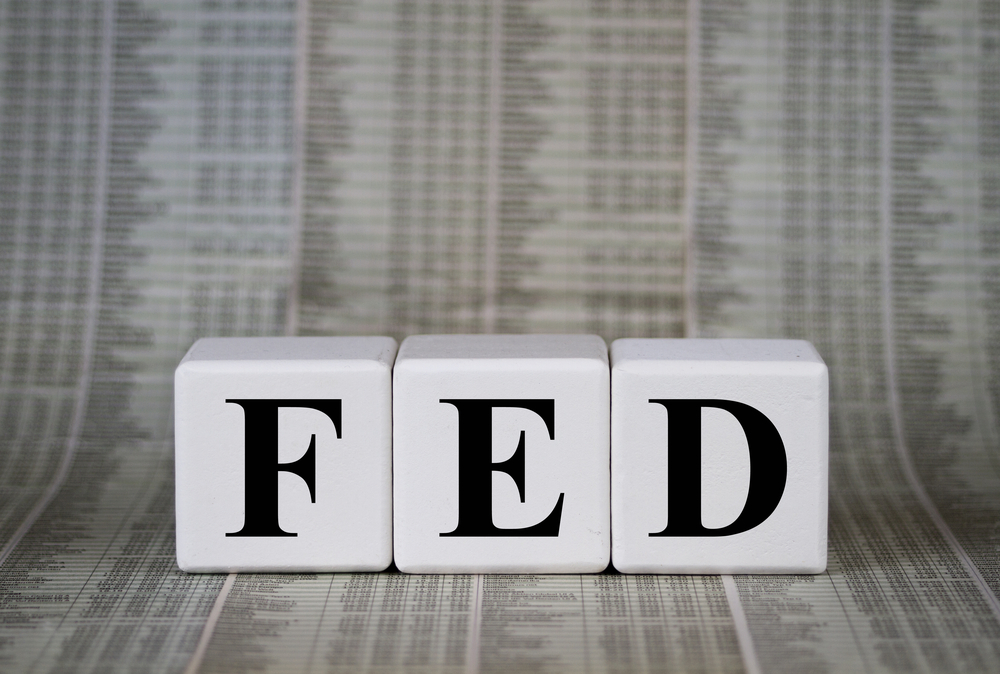There has been quite a bit of noise about the Fed and where they are with policy. Some hawks have been quite vocal of late, while a few doves have also been making some noise. I think every single committee member has been out over the past two weeks voicing an opinion, but there is only one person we really need to listen to carefully – Chair Janet Yellen.
She has the most influence on policy of any committee member, and is quite persuasive in arguing her point of view. Her recent comments seem to reflect a pause is coming as it relates to rate hikes, and while she still expects some upward movement – it was also noted she and the committee are paying close attention to economic growth prospects for the US.
The challenge for the committee is to not disrupt the economy nor markets when entering a hawkish phase. The sensitivity of markets was in plain view earlier this year following the December rate hike, a subtle message that put fear in equity holders. Strikingly, these investors sold and flocked to the one instrument you would think would be avoided – bonds.
Why did this happen? It appears those buying bonds are convinced the Fed is going to raise rates and push the economy into a recession. When the long end of the curve drops as the short end rises, that is called curve flattening, and often presages an inverted curve – a recessionary sign.
Now, the curve is unlikely to invert, short rates are near zero and long term rates are near 1% (5 year) or higher. Yet, a flat curve is going to put enough doubt in the economy and eventually force the Fed’s hand as to put in an easing program or just keeping rates low for longer. Ben Bernanke suggested in a recent blog the Fed has some more tools at its disposal. Economist Tim Duy aggregates the contents of the most recent minutes, and concludes the Fed is on hold for now until the data is compelling enough – same as it ever was!
To be sure, the Fed is just as miffed by the lack of inflation but at this point may tolerate higher levels, or as Duy says an ‘overshoot’. The markets may not be ready for it – but the Fed is signaling this could be true.
The economic data is mixed to mostly sour, and the recent change to Atlanta Fed GDPNow suggests Q1 is coming in around 0.4%. That’s not unusual for a Q1 number, as we had low results in 2015 and 2014 but that was due to poor weather. Q2 bounced back smartly in those years – and I believe the Fed is counting on the same occurrence this year.
Bottom line, the Fed is concerned about growth, low inflation but as stated by Yellen last week the employment picture has improved greatly, they may have hit their mandate of maximum employment. Let’s hope the next mandate of price stability is next.




